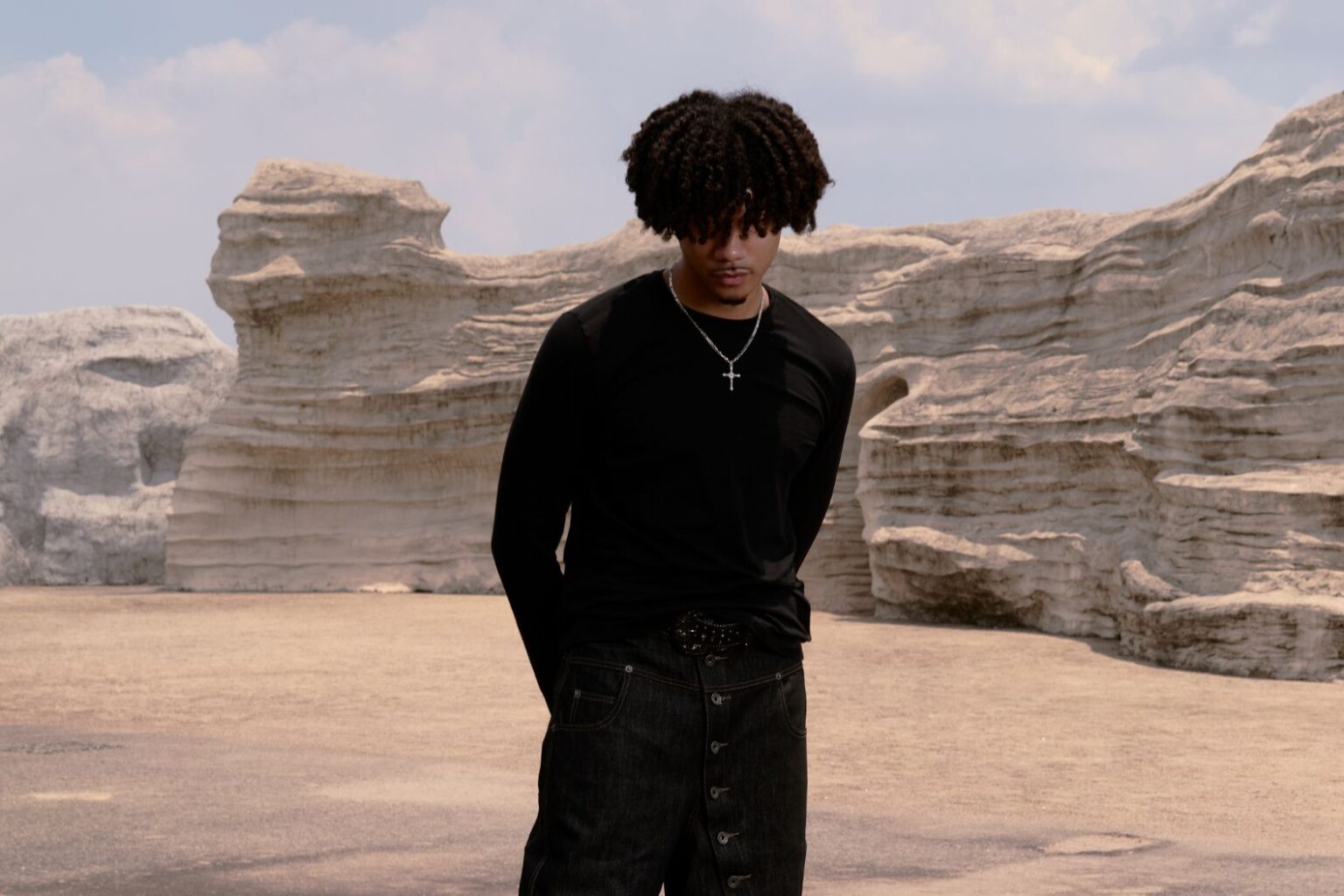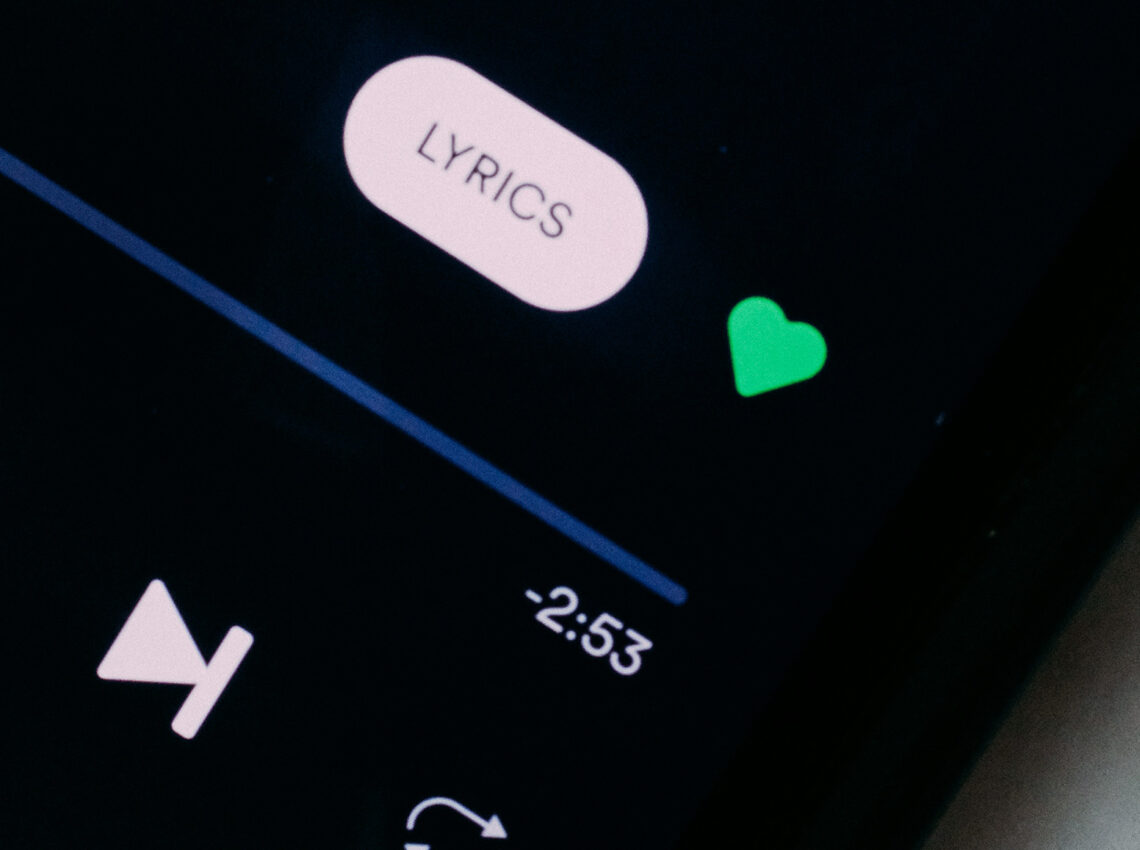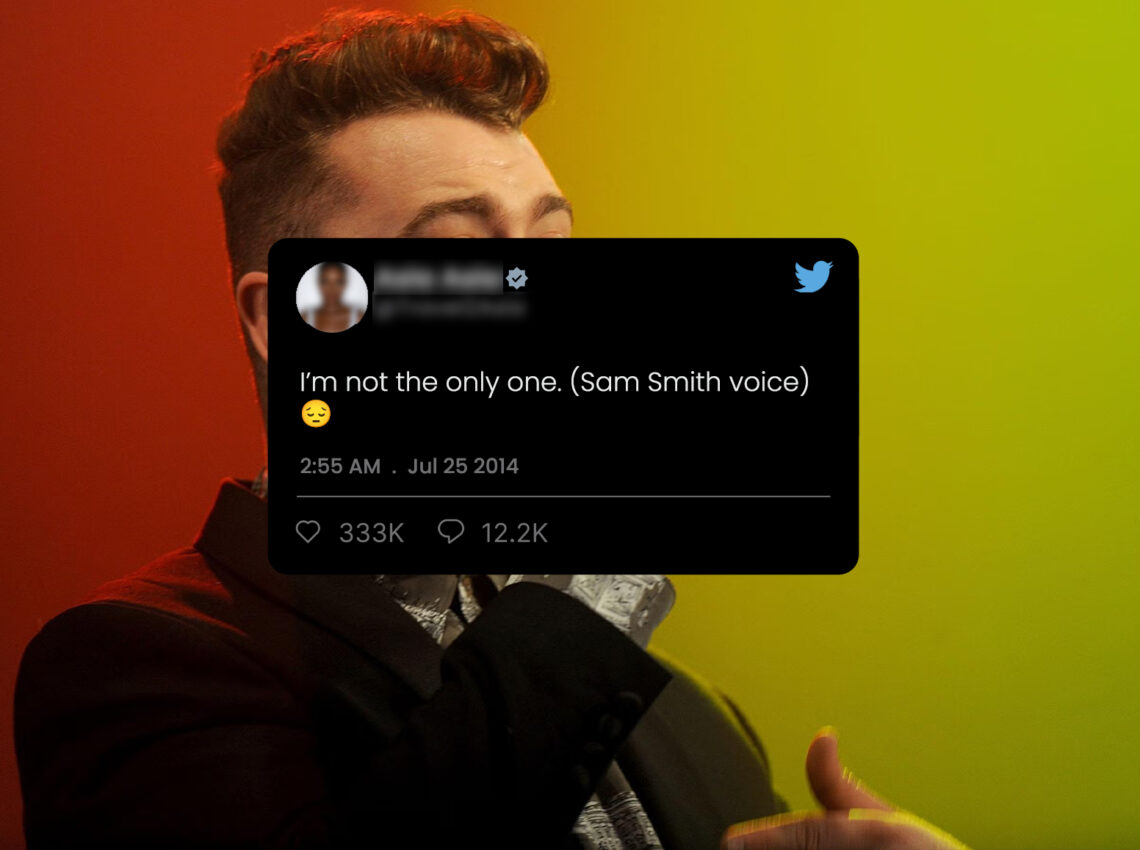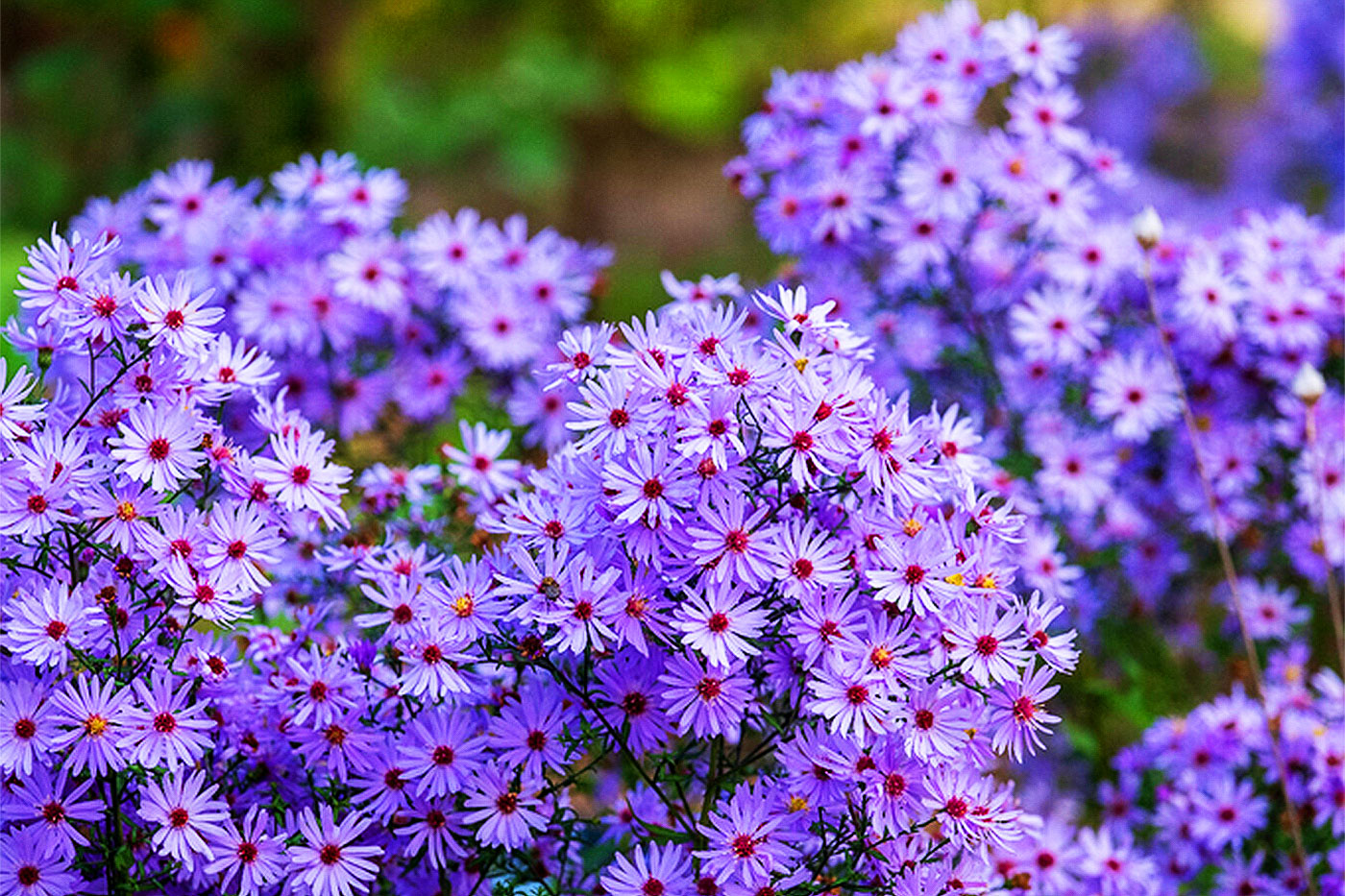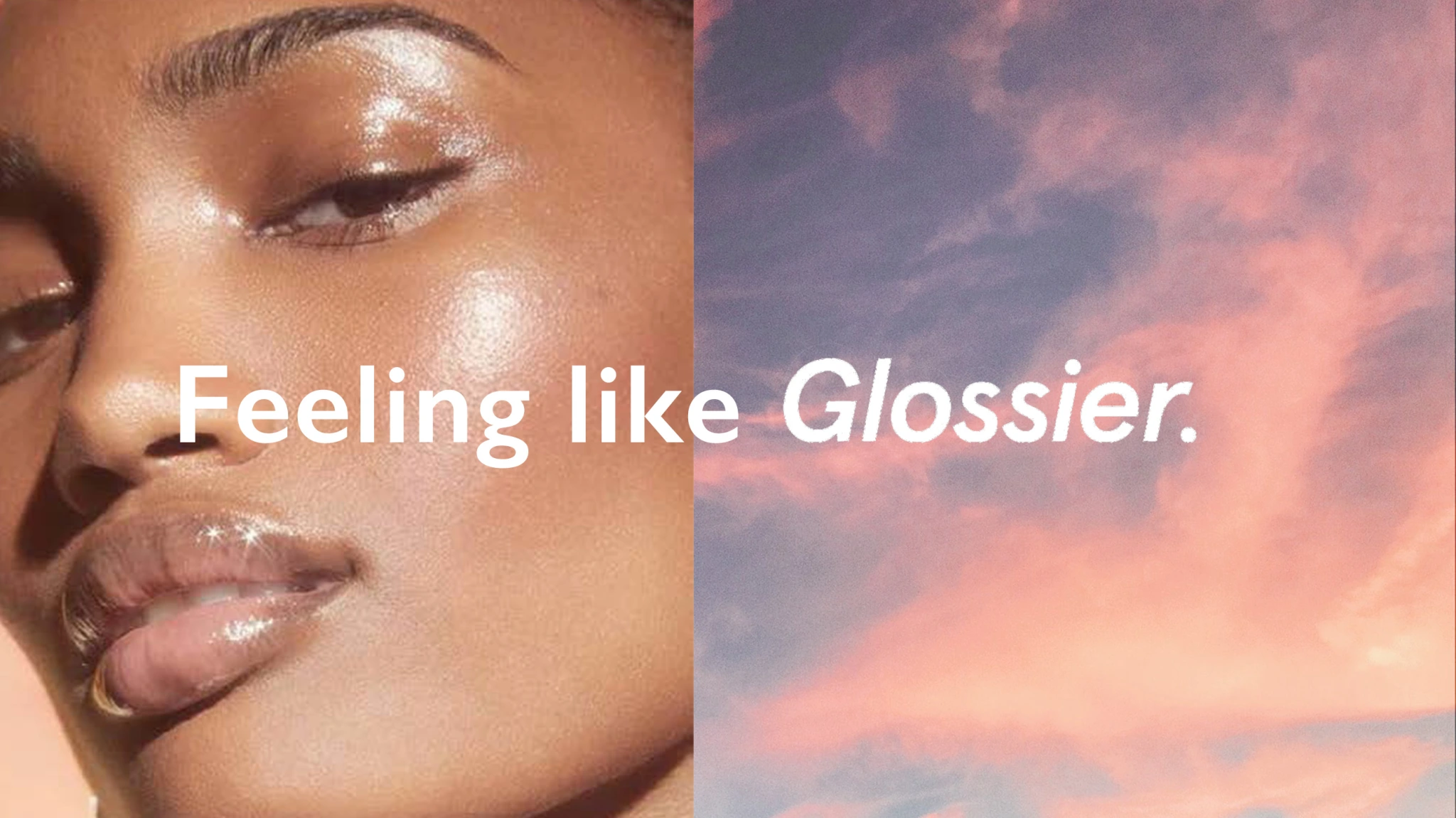Love, Loss, and Lyrics: How R&B Stays the Soundtrack of Life
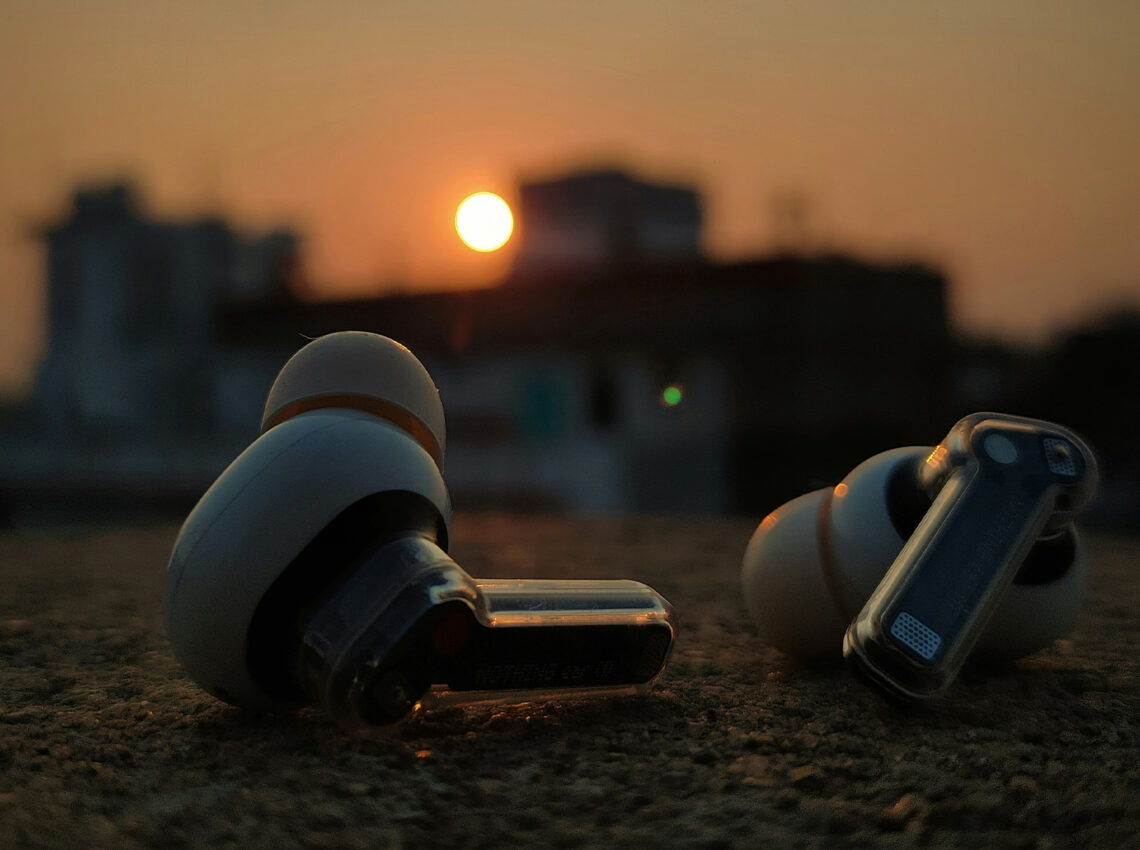
There’s a moment, maybe it’s in the car after a funeral, maybe in a bedroom lit only by your phone screen, maybe walking alone in a city that suddenly feels unfamiliar, when a song starts playing, and without asking for permission, it begins to narrate your life more clearly than you can. In that moment, if the song is by Luther, or Marvin Gaye, or SZA, or Mary J.Blige, or singing Drake, chances are you’re listening to R&B.
R&B music, in all its permutations, from soul ballads to trap-influenced slow burns, has always held space for emotion that lingers. In a world that keeps moving forward, it teaches us how to stay still. In 2025, as trends flicker past us in 15-second clips and attention is taxed by constant content, R&B remains one of the last places where you can still feel everything without needing to explain it. Because R&B has always known: to love deeply is to risk losing deeply. And to sing about either is to touch the divine.
The Intimacy of Pain and Pleasure
There’s a reason why R&B is the soundtrack of weddings and breakups alike, of Sunday morning cleaning and Saturday night heartbreak. It’s the genre of feeling out loud. It speaks to the spaces between certainty and confusion. Marvin Gaye asked What’s Going On, not as a challenge, but as a cry. Beyoncé’s 1+1 isn’t about math, but about the arithmetic of longing. Even the likes of Tems, Brent Faiyaz, or Summer Walker are tracing the same lineage: vulnerability wrapped in groove. What other genre lets you collapse under the weight of your own honesty? What other sound tells you that it’s okay to stay in bed a little longer because someone left and it still hurts? It’s the stillness that defines R&B. The refusal to rush through the emotion. The insistence that feeling deeply is not only allowed, but necessary.
A Sound Passed Down Like Heirlooms
When I was eleven, my cousin made me a mix CD after my father died. It wasn’t labeled, just handed to me in a blank case. The first track was Sweet Love by Anita Baker. The last was Dance With My Father by Luther Vandross. It was his way of saying, “I don’t know how to talk about this, but I want you to feel something that might hold you.” This is how R&B travels, not only through charts, but through hands. Through memories. Through whispered “this reminded me of you” text messages. Through songs played at funerals, slow dances, and in empty apartments when you’re trying to remember how to be human again. R&B is a genre of memory. It doesn’t just score our lives — it archives them.
Healing in Harmony
There’s a popular phrase circulating on TikTok called R&B is therapy. And while that may feel cliché, it’s not wrong. For minority communities especially, where therapy isn’t always accessible or normalized, R&B has offered generations an emotional toolkit. You don’t need a diagnosis to sing along with Mary J. Blige. You don’t need insurance to cry to Ex Factor by Lauryn Hill. You just need to be open. You just need to listen. Even now, in 2025, we’re seeing artists like Alex Isley, Mereba, and Leon Thomas making music that feels like journaling out loud. Their lyrics are filled with emotional intelligence, about boundaries, grief, childhood wounds, romantic reckoning and they offer a blueprint for living through it.
This is soul work. And it plays out on streaming platforms, in bedrooms, on tour stages with minimal lighting and maximum resonance.
How R&B Survives the Algorithm
The question I often ask myself is: how does something as slow, as lush, as vulnerable as R&B survive in a world that rewards immediacy and spectacle? And the answer is: it doesn’t compete. It endures. While viral hits come and go, R&B songs live forever in playlists called Healing, Wine & Vibes, When They Left, When They Came Back, What They Didn’t Say. It’s not a genre that demands your attention. It waits for you to need it.
Streaming has changed how we listen, shorter intros, looping hooks, algorithm-chasing tempos. And yet, R&B remains largely immune to disposability. It doesn’t just sit in your rotation. It stays. Maybe because even if a song isn’t popular today, it will become necessary eventually, when you fall in love. When you fall apart. When you see someone again after years, and they still look like the bridge in an Usher song.
A Genre That Grows With You
What makes R&B singular is not just its sonic palette, the stacked harmonies, the bending of notes, the warm chord progressions but its ability to grow up alongside you. You hear Can We Talk by Tevin Campbell differently when you’re thirteen, when you’re twenty-five, when you’re forty. The lyrics don’t change, but you do. And the song holds all your versions with tenderness. That’s the legacy of R&B. It doesn’t discard who you were to make room for who you are. It carries you. It reminds you that you can feel, and still survive.
Conclusion: Love Songs for the Aftermath
In the end, R&B stays the soundtrack of life not because it chases the moment, but because it understands it. It knows that love isn’t always returned, that pain is cyclical, that joy often arrives dressed like a ballad. It’s the only genre that knows how to throw a party for heartbreak and make it feel like healing. And for that, for every slow jam, every harmony, every line that said what we were too afraid to — we keep pressing play.




